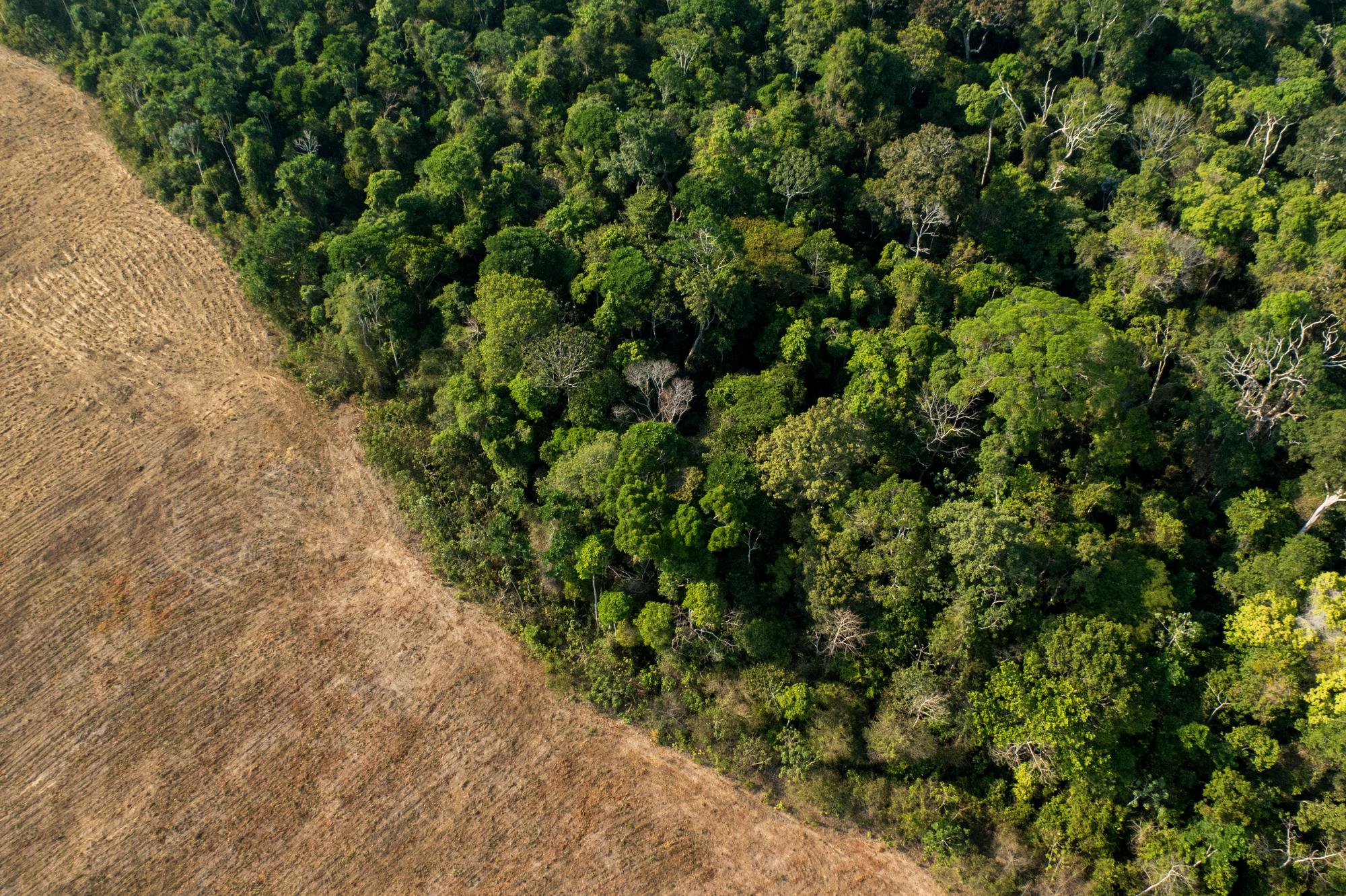Earth lost 3.7 million hectares (9.2 million acres) of tropical forest last year, an area nearly the size of the Netherlands, according to new data from the World Resources Institute (WRI) and the University of Maryland.
Yet amid these sobering findings, there are signs of hope: Two countries are bucking worldwide trends — and proving that effective laws and governance can stem the decline of forests.
In Brazil, primary forest loss dropped by 36 percent between 2022 and 2023, while in Colombia deforestation nearly halved.
Researchers called the steep declines in both countries “remarkable,” Haley Ott reported for CBS News. They show that where there’s a will there’s a way.
In Brazil and Colombia researchers attributed the progress to leadership changes that have prioritized the environment. In Brazil, President Inácio Lula da Silva has pledged to end deforestation. And in Colombia, President Gustavo Petro Urrego is putting an emphasis on environmental reforms.
However, despite the good news in the data, the overall “rate of tropical primary forest loss in 2023 remained stubbornly consistent,” the WRI cautioned, pointing to alarming increases in deforestation in Bolivia, Laos and Nicaragua. Altogether, an average of 10 football fields worth of forest are cut down globally every minute, according to the data.
Deforestation is a major cause of climate-warming greenhouse gases, second only to fossil fuel emissions.
“There are just six years remaining until 2030, by which time leaders of 145 countries promised to halt and reverse forest loss,” WRI said in its report. “While the declines in forest loss in Brazil and Colombia show promise towards that commitment, it’s clear that the world is falling far short of its targets.”
A Conservation International study on what drives deforestation — and what’s proven to stop it — offers a roadmap for policymakers to help reach these targets.
It distilled findings from 320 peer-reviewed studies —and the science is clear: Of all the methods proven to prevent deforestation, protected areas, such as national parks and wilderness preserves, are the most effective. Currently about 17 percent of the planet’s lands are conserved, but study author Jonah Busch said that location matters.
“Protected areas are a tried-and-true way of conserving nature and curbing the climate crisis,” he said. “However … to really help mitigate climate change, protected areas must be in the right places.”
That means areas where the threat of deforestation is highest — such as areas with higher populations and greater proximity to cities and roads.
Additionally, the study found that deforestation rates in Indigenous territories or lands managed by Indigenous peoples are consistently low, either due to traditional land-management practices that favor forests, or because Indigenous lands tend to be in remote areas and less likely to be converted to agriculture.
Agriculture is the number one driver of deforestation in the tropics, in short, because it’s a moneymaker. The cutting and burning of forests to clear the way for livestock and crops is responsible for 90 percent of all tropical deforestation.
“Forests are one of our best defenses against climate change — but only if they’re left standing,” Busch said.
Further reading:
Mary Kate McCoy is a staff writer at Conservation International. Want to read more stories like this? Sign up for email updates. Also, please consider supporting our critical work.
